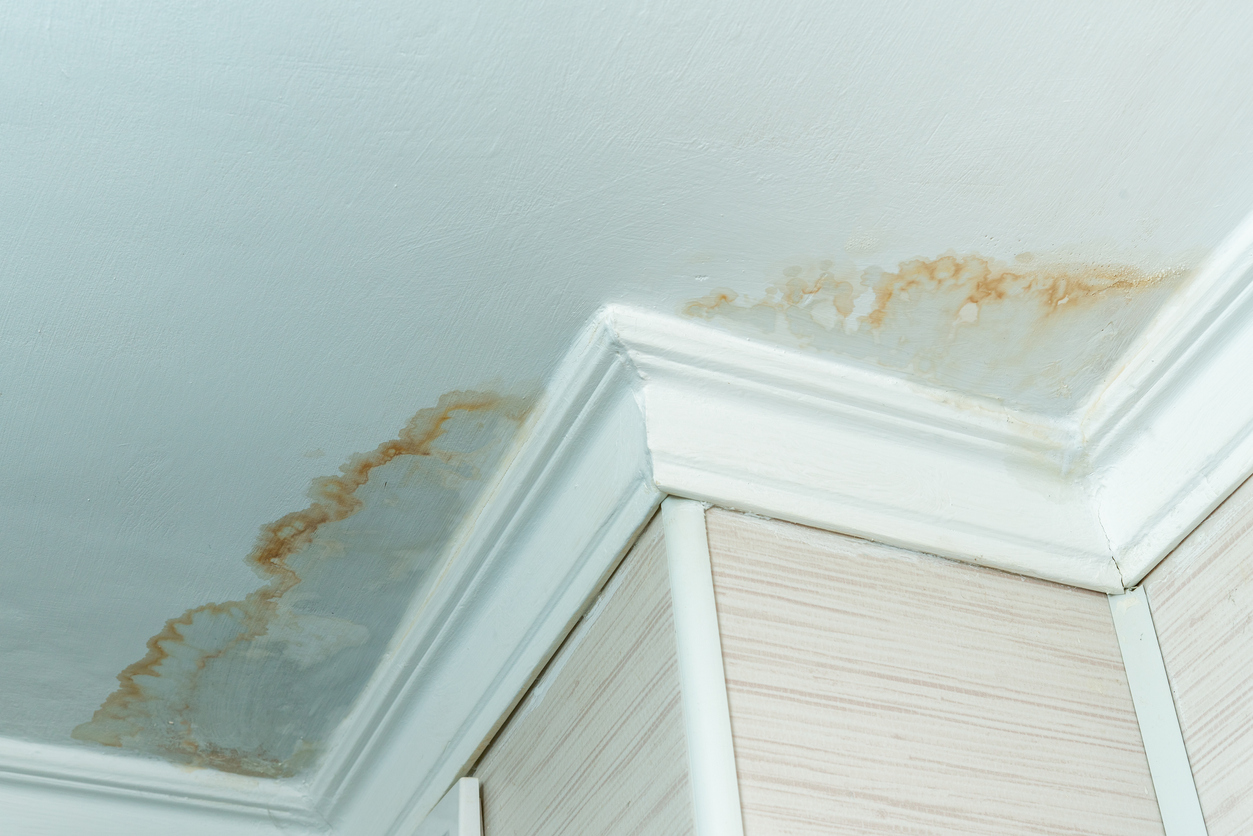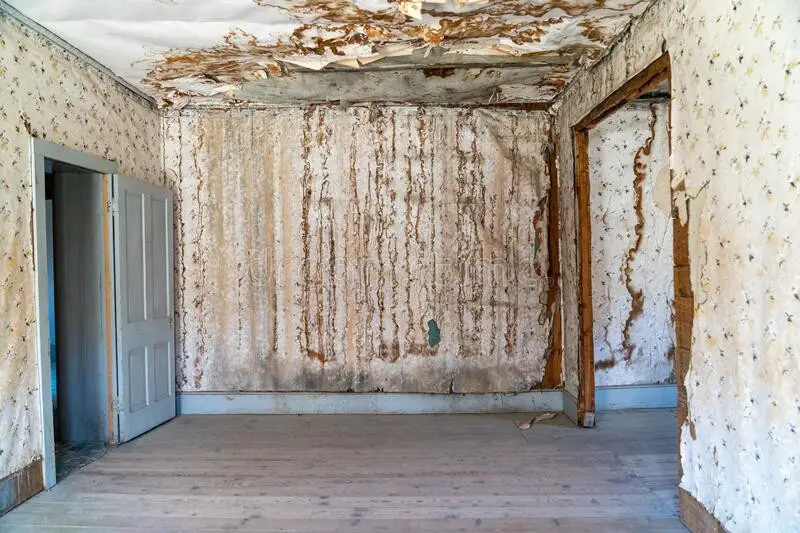The publisher is making several good points regarding Indicators of Water Damage Behind Walls as a whole in this post on the next paragraphs.

Water discolorations on wall surfaces are not pleasant to the eyes. In some cases it seems virtually unpreventable to experience water discolorations on wall surfaces in homes.
Property owners staying in moist areas constantly take care of the concern of water spots on wall surfaces. That does not have to be the situation for you. With well-shaped as well as precise information on the reasons for water stains and also punctual repair service procedures, you will always be a step ahead of such incidents. So, this post assures to be a valuable guide for you.
3 Usual Sources Of Water Stains on Wall Surfaces
As opposed to popular belief, water spots on wall surfaces do not constantly stem from bad building materials. There are several reasons for water stains on walls. These include:
Damp
When warm moist air meets dry chilly air, it causes water beads to base on the walls of structures. When there is heavy steam from cooking or showers, this takes place in washrooms and kitchen areas. The water droplets can tarnish the bordering walls in these parts of your house and also spread to various other areas.
Moist or condensation influences the roofing and wall surfaces of buildings. This creates them to appear darker than other locations of the house. When the wall surface is wet, it creates a suitable environment for the growth of microorganisms and also fungi. These might have adverse impacts on health and wellness, such as allergies and breathing disorders.
Poor Drainage
This will avoid water from seeping right into the wall surfaces. This web links to too much moisture that you see on the wall surfaces of your structure.
The leading cause of wet walls, in this case, can be a poor drainage system. It can also result from inadequate administration of sewer pipelines that run through the building.
Pipe Leaks
The majority of homes have a network of water pipes within the wall surfaces. It constantly increases the viability of such pipelines, as there is little oxygen within the wall surfaces.
Yet, a downside to this is that water leakage impacts the walls of the structure and also causes extensive damages. A telltale sign of malfunctioning pipelines is the look of a water discolor on the wall surface.
Pro Idea
A houseplant in your house also raises its moisture. If the residence is already damp, you may desire to introduce houseplants with marginal transpiration. An example of ideal houseplants is succulents.
Water Spots on Wall: Repair Tips
Homeowners would normally want a quick fix when managing water spots. They would certainly soon understand this is detrimental as the water discolorations persist. So, here are a couple of useful pointers that will direct you in the fixing of water stains on wall surfaces:
Conclusion
No one wants to have water stains on walls in their home, it can happen to the finest of us. This short article offers you utilize, as you now know how to handle this accident if it does occur.
It is always best to hire specialist services to help take care of the problems in your house.
In some cases it seems almost inevitable to experience water spots on walls in homes.
Contrary to popular idea, water discolorations on wall surfaces do not constantly stem from inadequate structure products. There are numerous causes of water stains on walls. The water beads can tarnish the bordering walls in these parts of your home and spread to other locations.
Below are a couple of valuable suggestions that will guide you in the fixing of water discolorations on wall surfaces:
How to Remove Water Stains From Your Walls Without Repainting
The easy way to get water stains off walls
Water stains aren’t going to appear on tile; they need a more absorbent surface, which is why they show up on bare walls. Since your walls are probably painted, this presents a problem: How can you wash a wall without damaging it and risk needing to repait the entire room?
According to Igloo Surfaces, you should start gently and only increase the intensity of your cleaning methods if basic remedies don’t get the job done. Start with a simple solution of dish soap and warm water, at a ratio of about one to two. Use a cloth dipped in the mixture to apply the soapy water to your stain. Gently rub it in from the top down, then rinse with plain water and dry thoroughly with a hair dryer on a cool setting.
If that doesn’t work, fill a spray bottle with a mixture of vinegar, lemon juice, and baking soda. Shake it up and spray it on the stain. Leave it for about an hour, then use a damp cloth to rub it away. You may have to repeat this process a few times to get the stain all the way out, so do this when you have time for multiple hour-long soaking intervals.
How to get water stains out of wood
Maybe you have wood paneling or cabinets that are looking grody from water stains too, whether in your kitchen or bathroom. Per Better Homes and Gardens, you have a few options for removing water marks on your wooden surfaces.
You can let mayonnaise sit on your stain overnight, then wipe it away in the morning and polish your wood afterward. You can also mix equal parts vinegar and olive oil and apply to the stain with a cloth, wiping in the direction of the grain until the stain disappears. Afterward, wipe the surface down with a clean, dry cloth. Try placing an iron on a low heat setting over a cloth on top of the stain. Press it down for a few seconds and remove it to see if the stain is letting up, then try again until you’re satisfied. (Be advised that this works best for still-damp stains.) https://lifehacker.com/how-to-remove-water-stains-from-your-walls-without-repa-1849742925

I'm certainly very drawn to How to Remove Water Stains from Walls and Ceilings and I'm hoping you appreciated the new blog entry. In case you enjoyed our blog entry please do not forget to pass it around. Many thanks for taking the time to read it.
We're ready, are you?